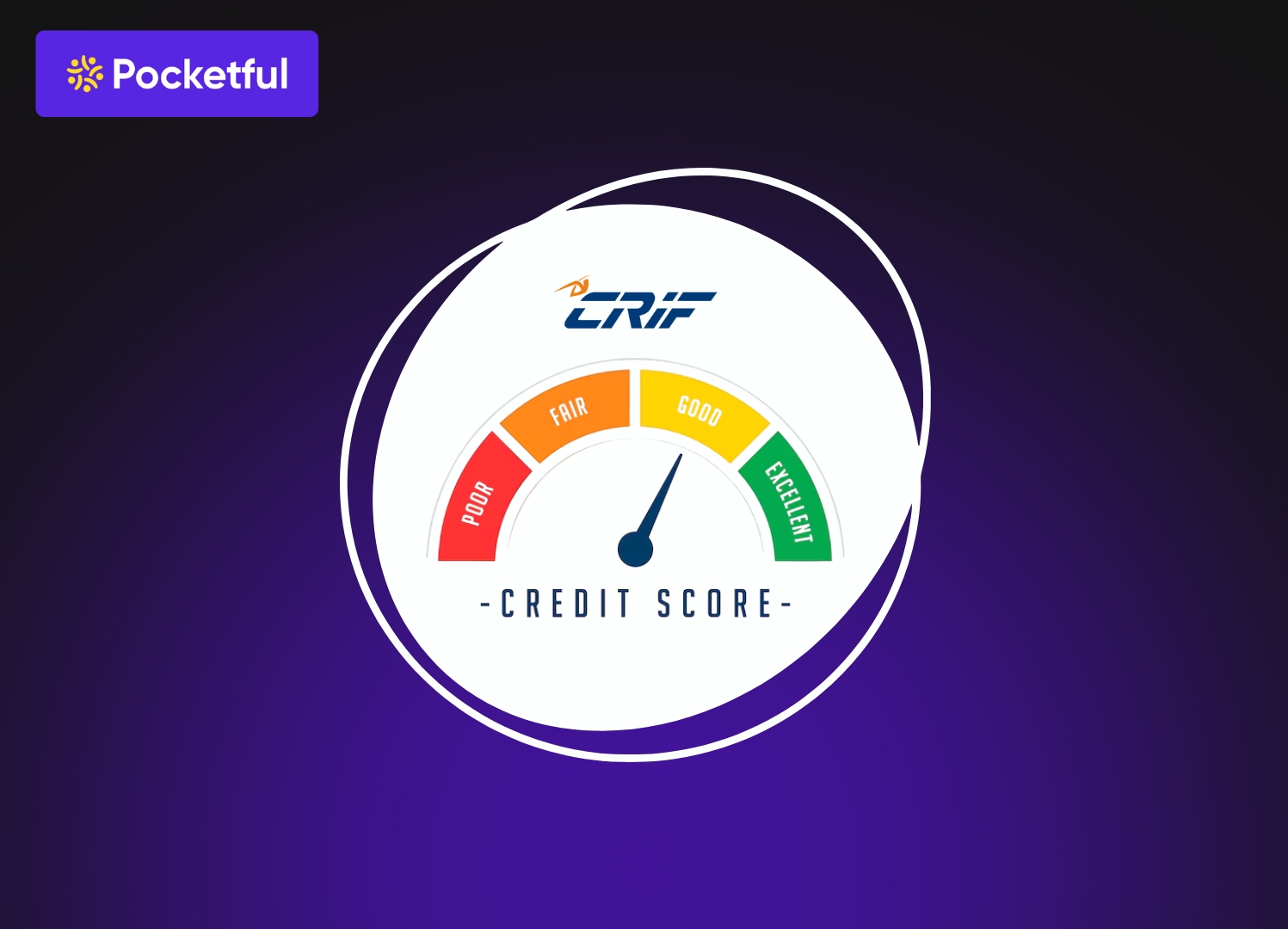Car demand in India is growing rapidly in 2025. Passenger vehicle sales increased by over 17% in October 2025, with the significant impact of the GST reduction on small cars from 28% to 18%. Lower prices have led people to take out more loans to purchase new cars. In this environment, it’s important to know the best banks for car loans in India in 2025, their interest rates, and their easiest processing options. This blog will provide clear and practical answers to these questions.
What is a Car Loan?
A car loan is a financial product where a bank or NBFC lends you money to buy a new or used car. You repay this amount in EMIs, which include factors such as interest rate, processing fees, loan term, and down payment. Faster digital processing has made getting a car loan even easier in 2025 many banks now offer instant pre-approval.
Best Car Loan in India 2025
| S.No | Bank Name | Interest Rate Range | Processing Fee / Other Charges |
|---|---|---|---|
| 1 | State Bank of India (SBI) | 8.65 % – 9.45 % (New Car) | 0.40% of loan amount (Min ₹750; Max ₹10,000 + GST) |
| 2 | HDFC Bank | 9.40% p.a. onwards | 1.00% of the loan amount (minimum of Rs.3,500 and maximum of Rs.9,000) |
| 3 | Axis Bank | 8.80% – 11.80% | Processing Fee: ₹3,500 – ₹12,000 + ₹750 Stamp Duty |
| 4 | Canara Bank | 9.15% – 11.95% | Processing fee: 0.25% of loan amount (min ₹1,000, max ₹5,000) |
| 5 | Bank of India | 7.85% p.a. onwards | 1% of loan amount; subject to a minimum of Rs.500 and maximum of Rs.10,000 |
| 6 | Indian Overseas Bank | 7.35%–11.30% | Up to Rs.5 lakh: 0.50 % (minimum of Rs.500) Above Rs.5 lakh: 0.60 % (maximum of Rs.10,000) |
| 7 | ICICI Bank | 9.15% – 11.25% p.a. | Up to 2% of the loan amount plus GST |
| 8 | Bank of Baroda | 7.6% up to 14.25% | Start from ₹500 + GST |
| 9 | IDBI Bank | 8.30% – 10.60% | Minimum: Rs.1,500 plus taxesMaximum: Rs.2.500 plus taxes |
| 10 | Federal Bank | 10.00% p.a. onwards | – |
Overview of the Best Car banks Loan in India
1. State Bank of India (SBI)
SBI is India’s largest public sector bank, and its car loan scheme is considered a reliable option for those looking to purchase a car without much hassle. Under this loan, the bank provides funding up to the on-road price, which also covers initial expenses like RTO and insurance. The EMI tenure is up to 7 years, and the good thing is that there is no initial EMI advance. Typically, salaried or self-employed individuals between the ages of 21–70 can easily apply by providing the required income and documentation.
SBI Car Loan :
| Point | Description |
|---|---|
| Funding | Up to 100% of the on-road price |
| Duration | Maximum 7 years |
| Eligibility | Applicants aged 21-70 years with a stable income |
2. HDFC Bank
HDFC Bank is known for its fast processing and digital convenience in new car financing. The bank offers 100% on-road funding on many models, eliminating the need for customers to incur any upfront costs. Applications are completely online, and in many cases, pre-approval is received within minutes. Eligibility is also simple: both salaried and self-employed individuals can easily apply with basic documentation and a stable income. Processing fees and documentation charges are clearly outlined, making it easy to understand the total cost.
HDFC Bank Car Loan :
| Point | Description |
|---|---|
| Funding | 100% on-road on select models |
| Duration | 12 to 84 months |
| Eligibility | Salaried/self-employed with stable income |
3. Axis Bank
Axis Bank car loans are considered a good option for those who want a quick and streamlined process without much time. The bank offers financing for both new and used cars, and many models offer loans up to almost the entire on-road amount, significantly reducing the initial down payment. EMI tenures range from 1 year to 7 years, making it easy to manage your budget. Processing fees and other charges are clearly stated, and the online application process makes the entire process feel very simple.
Axis Bank Car Loan :
| Point | Description |
|---|---|
| Funding | 100% on-road on select models |
| Duration | 12 to 84 months |
| Eligibility | Salaried/self-employed with stable income |
4. Canara Bank
Canara Bank’s vehicle loan is a good option for those looking to purchase a new car without high fees and with a straightforward process. The bank offers loans up to 90% of the on-road price of a new car, reducing the need for a large down payment. Loan tenures can be up to 7 years for new vehicles, while those for slightly used cars can be up to 5 years. The processing fee is usually very low, and the bank sometimes waives it during the offer period. Overall, the low fees and straightforward process are its biggest strengths.
Canara Bank Car Loan :
| Point | Description |
|---|---|
| Funding | Around 90% on-road on new cars |
| Duration | New: 84 months, Old: 60 months |
| Eligibility | Salaried/self-employed with stable income |
5. Bank of India
Bank of India car loans are popular among those seeking low interest rates and reliable service. The bank typically offers rates starting at around 7.85% on new cars, which is considered quite affordable in this segment. The processing fee is also low around 0.25% of the loan amount, keeping the initial outlay low. EMI tenures are available up to 7 years, so installments can be set to your convenience. Overall, if you’re looking for a simple, clean, and affordable car loan, Bank of India seems like a reliable option.
Bank of India Bank Car Loan :
| Point | Description |
|---|---|
| Funding | 100% on-road on many models |
| Duration | 12-84 months |
| Eligibility | Stable income, good credit score |
6. IOB Car Loan
Car loans from Indian Overseas Bank are considered a good option for buyers who want low interest rates and a straightforward process. The bank typically offers competitive rates on new cars and, in most cases, offers loans up to 90% of the on-road price, making it easier to raise a large down payment. Loan tenures are available up to 7 years, so EMIs can be adjusted to suit your budget. The documentation requirements are also not onerous basic KYC and income-related documents are sufficient. Being a government-owned bank, the trust factor is also strong.
IOB Bank Car Loan :
| Point | Description |
|---|---|
| Funding | Approximately 90% on-road |
| Duration | 12–84 months |
| Eligibility | Stable income, good credit score |
7. ICICI Bank
ICICI Bank’s car loan is considered a good option for those who need a loan with a fast process and simple documentation. The bank often provides financing up to the on-road price of a new car, reducing the worry of an initial down payment. Interest rates are tailored to your profile and are generally competitive, making EMIs easy to manage. The entire application process is online, and the documentation is very basic making loan approval time quick. Overall, the convenience and speed make ICICI’s car loan a reliable option in 2025.
ICICI Bank Car Loan :
| Point | Description |
|---|---|
| Funding | 100% on-road on many models |
| Duration | 12–84 months |
| Eligibility | Stable income, good credit score |
8. Bank of Baroda
Bank of Baroda’s car loan is a good option for buyers seeking affordable financing with reliable service from a government bank. The bank offers loans up to the on-road price on a variety of models, reducing initial outlays. Interest rates are generally competitive, and customers can choose between fixed and floating rates depending on their profile. The processing fee is also quite low, keeping overall costs under control. The application process is straightforward, and the eligibility criteria are quite simple, making this scheme a balanced and reliable option for car buyers in 2025.
Bank of Baroda Bank Car Loan :
| Point | Description |
|---|---|
| Funding | 100% on-road on many models |
| Duration | 12–84 months |
| Eligibility | Stable income, good credit score |
9. IDBI Bank
IDBI Bank car loans are considered a great option for buyers looking for a hassle-free loan from a trusted bank. Interest rates are generally affordable, and loan tenures are available up to 7 years, allowing EMIs to be set to your convenience. Finance is available for both new and used cars, and documentation is simple: basic KYC and income documents are all you need. Processing fees are low, and there are no additional prepayment charges after a certain period, making it even more affordable.
IDBI Bank Bank Car Loan :
| Point | Description |
|---|---|
| Funding | 100% on-road on many models |
| Duration | 12–84 months |
| Eligibility | Stable income, good credit score |
10. Federal Bank
Federal Bank car loans are considered a good option for buyers who want a streamlined process and a reliable banking experience. Interest rates typically start around 10%, which are stable and transparent compared to private banks. The bank also offers financing up to the on-road price on many models, eliminating the need for a large down payment. Loan tenures up to 7 years are available, making EMIs easily manageable. Overall, this Federal Bank scheme is ideal for those seeking a reliable financing option without complications.
Federal Bank Car Loan :
| Point | Description |
|---|---|
| Funding | 100% on-road on many models |
| Duration | 12–84 months |
| Eligibility | Stable income, good credit score |
Read Also: Best Private Banks in India
How to Choose the Best Car Loan Bank
- Interest Rate : Every bank displays a “starting rate,” but the actual rate is determined by your profile, CIBIL, and car model. Always compare the effective rate; don’t make a decision based solely on the lowest number.
- Processing Fees and Other Charges : Many banks charge fees ranging from 0.25%–1%. Also, consider adding documentation, valuation, and prepayment charges to get a clearer picture of the total cost.
- Loan-to-Value Funding : Some banks offer 85–90% of the on-road price, while banks like HDFC/ICICI offer up to 100% funding on select models. This makes a significant difference to the down payment.
- Loan Tenure : Options range from 1 to 7 years. Longer tenures lower EMIs but increase the total interest. Choose a tenure based on your income and monthly budget.
- Speed of Approval and Disbursal : If you need to buy a car quickly, choose a bank with digital approval and fast disbursal. Private banks are generally faster here.
- Special Schemes : EV loans, used-car loan schemes, and festival offers can often reduce the total cost. Include these offers in your comparison.
How to Invest in Car Loan Bank Related Stocks
With the rising demand for passenger vehicles in 2025, the banks financing these cars are also witnessing significant growth in their loan books. If you are interested in the stock market, you can look beyond just taking a loan and consider investing in these banks for potential long-term returns.
- Open a Demat Account: To invest in banking stocks, you first need a Demat and Trading account with a SEBI-registered stockbroker.
- Identify Top Lenders: Focus on banks with a strong retail loan portfolio. Banks like SBI (SBIN), HDFC Bank (HDFCBANK), ICICI Bank (ICICIBANK), and Axis Bank (AXISBANK) are leaders in the auto loan segment.
- Analyze Financial Health: Before investing, check key metrics such as NPA (Non-Performing Assets) to ensure the bank is managing its loans well, and NIM (Net Interest Margin) for profitability.
- Monitor Auto Sales Data: Since car loan growth is directly linked to vehicle sales, keep an eye on monthly auto sales reports and quarterly bank results to gauge future performance.
Investing in these banking stocks allows you to benefit from the booming automobile sector in India without buying a car yourself.
Read Also: Best Education Loan in India
Conclusion
The simple thing is, before taking out a car loan, carefully consider two or three things: the applicable rate, the funding available, and whether the bank’s process is easy enough for you. Understanding this will prevent the possibility of choosing the wrong one.
Frequently Asked Questions (FAQs)
Which bank is best for a car loan in India?
It depends on your profile, but SBI, HDFC, and ICICI are suitable for most people.
What is a good interest rate for 2025?
A rate between 8%–10% is generally considered good.
Can I get 100% funding?
Yes, some banks offer up to the full on-road amount on select models.
What loan tenure is best?
5 years is cost-effective; if you need a lower EMI, you can choose 7 years.
Is prepayment allowed?
Yes, most banks allow it, but some may charge an initial fee.










